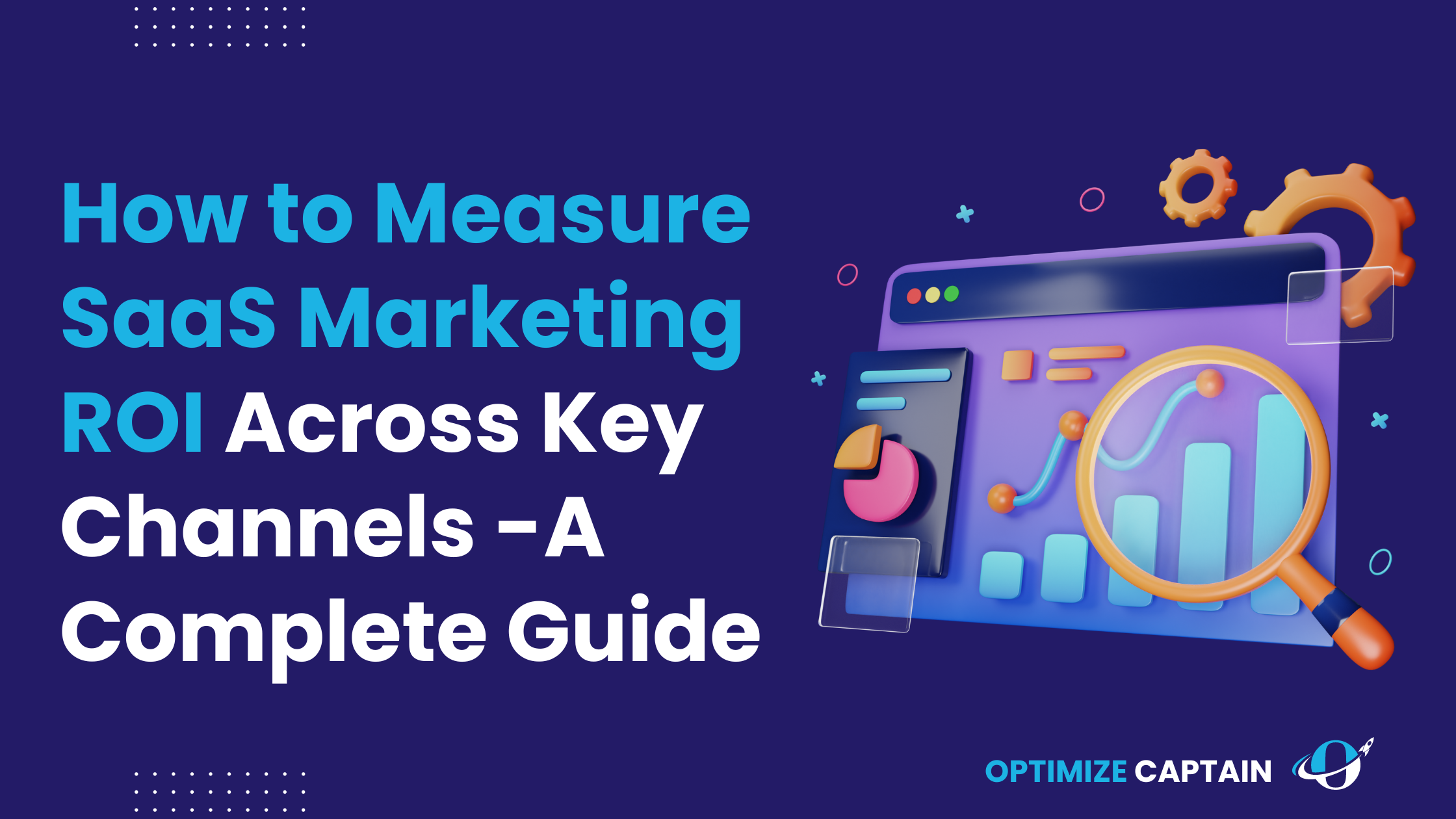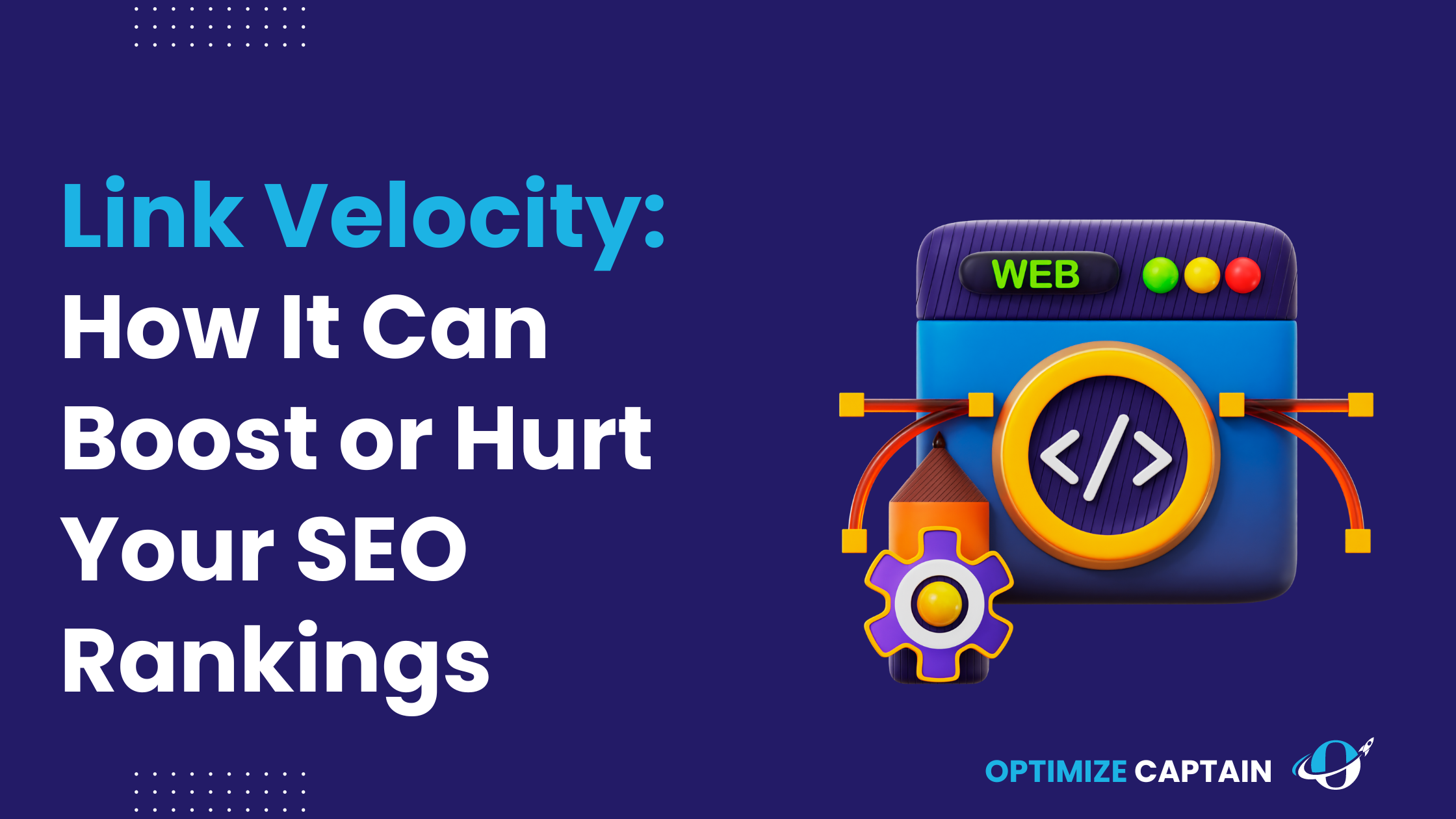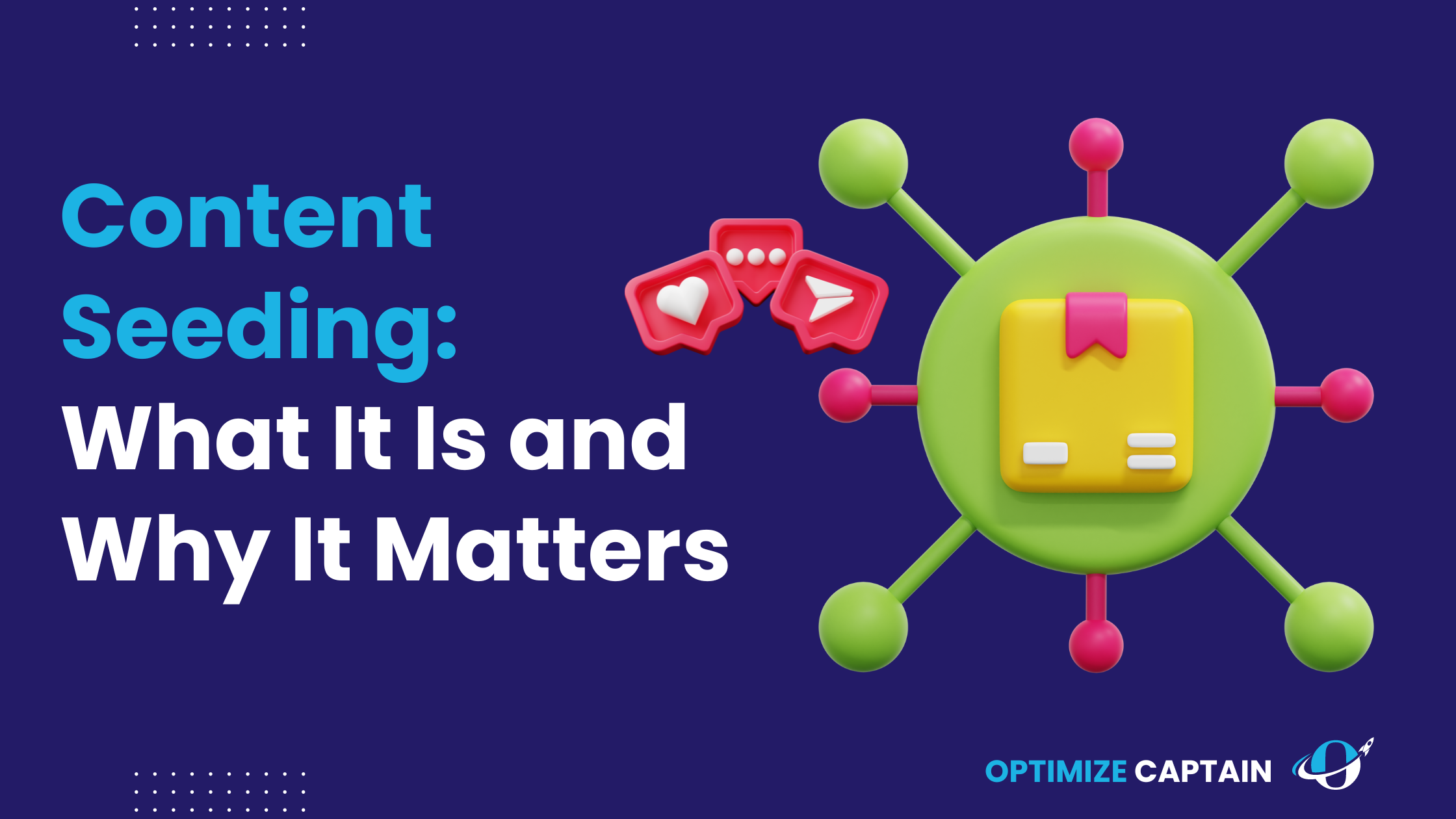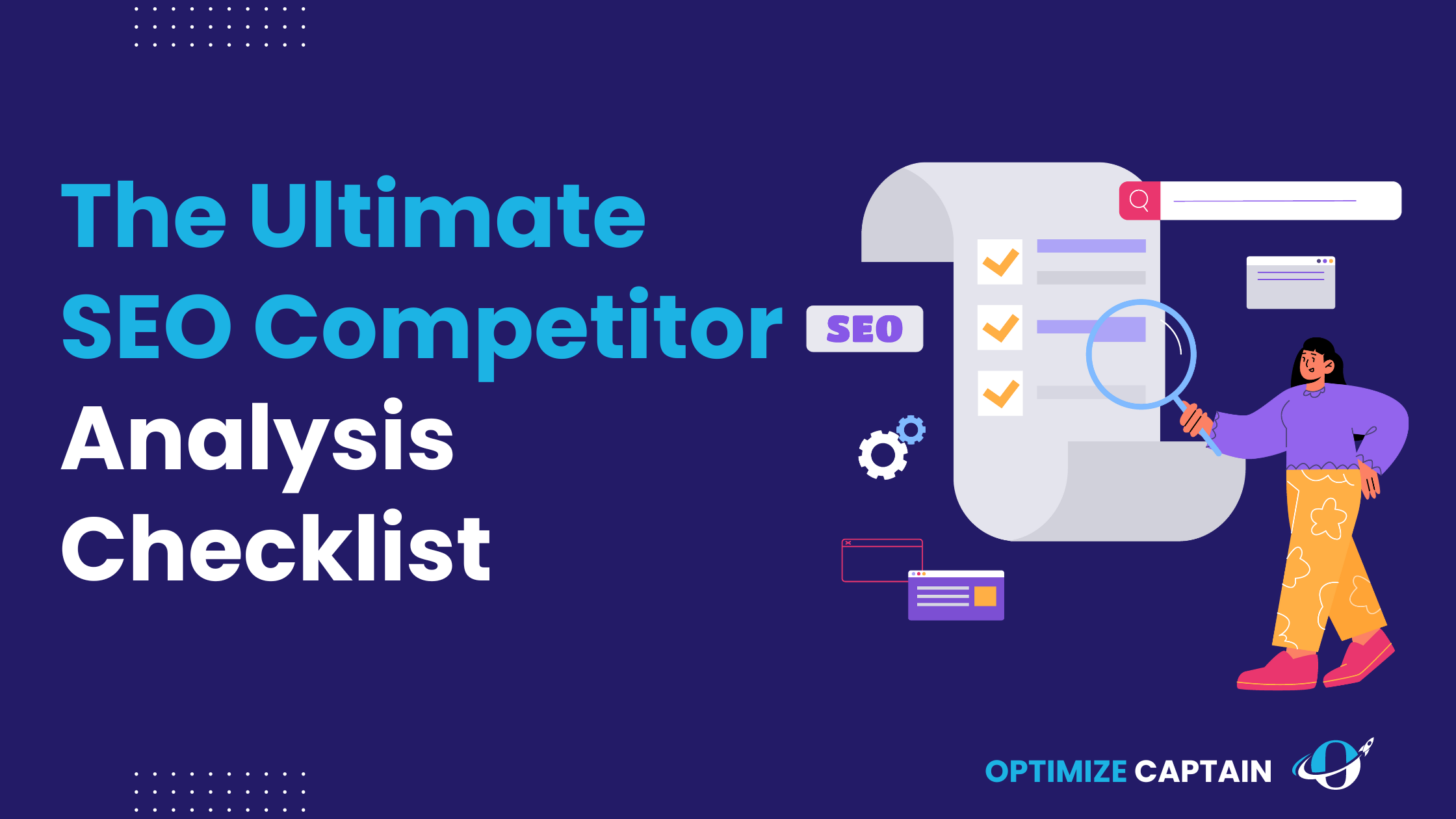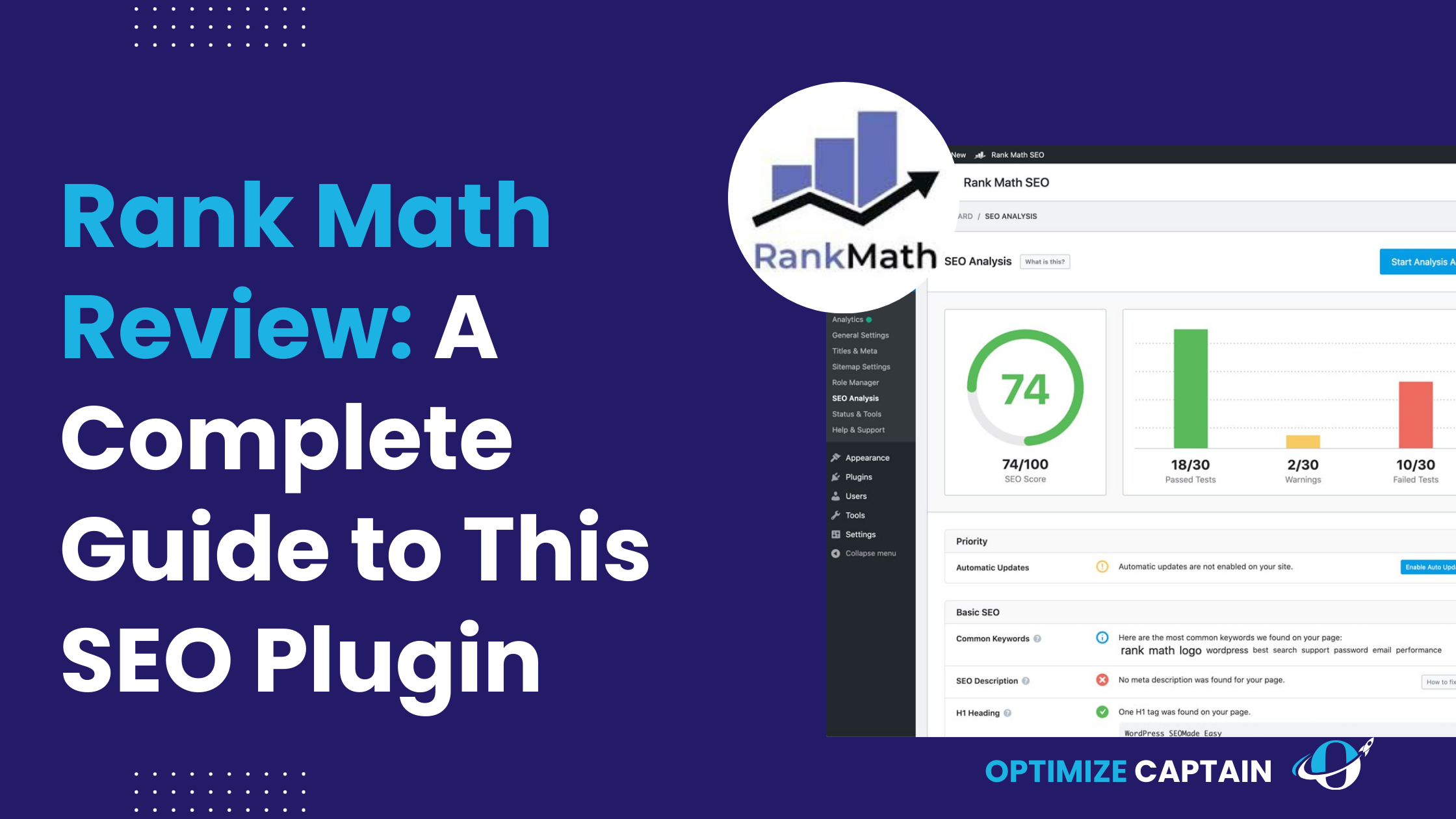Let’s face it: Whether you’re a content marketer crafting blog posts, a PPC manager running ad campaigns, or a social media strategist building brand awareness, your ultimate goal is the same: to generate a positive return on investment (ROI).
In SaaS marketing, knowing how to measure marketing ROI isn’t just useful—it’s essential.
Every dollar spent on marketing must pull its weight to justify the cost and ensure that resources drive growth efficiently.
Research shows that companies with a solid grasp on their marketing ROI are 1.6 times more likely to get bigger budgets for their campaigns. This isn’t just about tracking performance—it’s about securing the financial support needed to scale effectively.
But here’s the deal: not all marketing channels are equal. Each plays a unique role in your SaaS marketing strategy, so you need different approaches to measure their ROI. Channels like PPC and SEO give you quick, precise results, but others, like content marketing and social media, work over the long term and can be trickier to measure.
With around 10,000 private SaaS companies competing for attention, efficient and effective marketing is essential for survival.
In this guide, we’ll explore how to measure SaaS Marketing ROI across different channels, tackle the challenges, and offer practical tips to help you maximize your marketing spend.
Understanding SaaS Marketing ROI
SaaS Marketing ROI measures how much profit your marketing activities generate compared to your spending. Simply put, it’s about determining whether your marketing dollars bring in more money than they cost.
This formula gives you a percentage that shows how much profit you’re making for every dollar spent on marketing.
This means that for every dollar you spent, you gained $4 in return—a sign of a successful campaign.
Now, consider a scenario where that same $10,000 is invested in a content marketing strategy. Initially, it generates $5,000 in revenue, giving an ROI that needs to be more impressive. However, as the content continues to attract and convert customers over time, it could bring in $30,000 in revenue by the end of the year. This shifts your ROI to 200%, proving that some channels, though slower to show results, can significantly impact long-term growth.
SaaS Marketing ROI Metrics
Before diving into measuring ROI across your marketing channels, it’s crucial to understand the key metrics that will guide you. These metrics are the foundation of any ROI calculation, helping you track your marketing efforts’ performance and identify improvement areas. Let’s break down the most critical SaaS marketing metrics and how to calculate them.
1. Customer Acquisition Cost (CAC)
Definition: CAC is the total cost of acquiring a new customer, including all marketing and sales expenses.
Formula:
Why It Matters: CAC is essential for understanding how much you spend to bring in each new customer. A lower CAC means acquiring customers more efficiently, which is crucial for maintaining profitability.
2. Customer Lifetime Value (CLTV)
Definition: CLTV is the total revenue you can expect from a single customer throughout their relationship with your company.
Why It Matters: CLTV helps you understand the long-term value of your customers, which is critical for determining how much you can afford to spend on acquiring them.
3. Churn Rate
Definition: Churn rate is the percentage of customers who stop using your service over a specific period.
Why It Matters: A high churn rate can severely impact revenue and growth. Keeping churn low is crucial for sustaining long-term profitability.
4. Monthly Recurring Revenue (MRR)
Definition: MRR is the predictable revenue a company expects to receive monthly from its subscribers.
Why It Matters: MRR is the lifeblood of any SaaS business, providing a steady income stream. It’s crucial for tracking growth and forecasting future revenue.
5. Conversion Rate
Definition: Conversion rate is the percentage of visitors to your website who take a desired action, such as signing up for a trial or making a purchase.
Why It Matters: A higher conversion rate means that your marketing efforts effectively turn visitors into customers, directly impacting your revenue and ROI.
How to Measure SaaS Marketing ROI for Key Marketing Channels
Understanding how each channel contributes to your overall ROI is crucial in SaaS marketing. But here’s the catch—each channel is unique, and so is how you measure its impact. Let’s break down how to effectively measure ROI across the most critical marketing channels, ensuring that every dollar spent drives growth where it matters most.
Paid Advertising(PPC, Social Media Ads)
Paid advertising, whether through PPC campaigns or social media ads, is one of the more straightforward channels for measuring ROI. The direct costs associated with these ads make calculating the return on each dollar spent easier.
Key Metrics: To get a clear picture of your ROI in paid advertising, focus on metrics like Cost Per Acquisition (CPA), Click-Through Rate (CTR), and conversion rates. These metrics help you see how well your ads turn clicks into paying customers.
Example: Suppose your company invests $10,000 in targeted Facebook ads to drive sign-ups for your SaaS product. These ads generate 500 new customers throughout the campaign, each bringing in $150 in annual revenue. The total income from this campaign would be $75,000. The ROI would be:
For every dollar spent on advertising, you earned $6.50 in return—a sign that your PPC strategy is paying off.
Industry Benchmarks: Typically, many companies see ROIs of 200% or more from their paid advertising efforts, highlighting its effectiveness as a channel for driving quick, measurable results.
Organic Search (SEO)
SEO is a long-term strategy that enhances your website’s visibility in search engine results, leading to increased organic traffic. Unlike paid advertising, where results are immediate, SEO requires patience but can offer substantial returns when done correctly.
Key Metrics: The ROI for SEO should be measured by tracking metrics such as organic traffic growth, conversion rates from organic search, and improvements in keyword rankings. These metrics will show how well your SEO efforts drive relevant traffic to your site and convert that traffic into customers.
Example: Imagine your company dedicates $20,000 to an SEO campaign that includes content creation, technical SEO, and link-building. Over the next year, your organic traffic will increase by 30%, leading to 2,000 additional customers, each worth $200 annually. This results in an extra $400,000 in revenue. The ROI for this SEO effort would be:
This example highlights the potential for substantial returns through strategic SEO investments, even though the results may take longer.
Industry Benchmarks: Companies investing in SEO typically see ROIs ranging from 300% to 1,000%, depending on their industry’s competitiveness and the effectiveness of their strategy.
Content Marketing
Content marketing is critical in SaaS marketing, particularly for educating potential and existing customers, nurturing leads, and building brand authority. However, the ROI of content marketing is often more challenging to measure directly.
Key Metrics: To gauge the ROI of content marketing, track metrics such as page views, time on page, lead generation, and conversion rates. You should also consider the content’s impact on customer retention and overall customer lifetime value (CLTV).
Example: Let’s say your company invests $15,000 to produce in-depth guides and whitepapers over a year. These resources drive 3,000 new leads, and 10% of these leads eventually convert into paying customers, with each customer generating $500 in annual revenue. The total revenue attributed to your content marketing efforts would be $150,000. The ROI calculation would be:

This scenario shows that while the ROI of content marketing might take time, its long-term value can be significant.
Effectiveness: Content marketing’s effectiveness often lies in its ability to drive sustained engagement and build customer trust over time, leading to higher conversion rates and improved retention.
Related Read: SaaS Content Marketing Strategies
Email Marketing
Email marketing remains one of the most cost-effective channels, especially for nurturing leads, promoting new features, and encouraging repeat business.
Key Metrics: To measure the ROI of email marketing, focus on open rates, click-through rates, conversion rates, and customer retention metrics. These will provide a clear picture of how effectively your emails engage your audience and drive sales.
Example: Consider an email campaign where you spend $2,000 crafting and sending targeted emails. If these emails generate $24,000 in revenue from both new and existing customers, the ROI would be:
This example illustrates the power of email marketing as a channel that can deliver high returns with relatively low investment.
Industry Benchmarks: Email marketing’s ROI is generally high, with some studies suggesting an average of 4,200%, making it one of the most effective marketing channels.
Related Read: SaaS Email Marketing Strategies
Affiliate Marketing
Affiliate marketing involves partnering with affiliates who promote your product in exchange for a commission. This channel can be particularly effective in SaaS, where affiliates can leverage their audiences to drive new customers to your platform.
Key Metrics: Track metrics such as affiliate-generated revenue, payout costs, and customer acquisition to measure the ROI of your affiliate marketing program.
Example: Suppose you launch an affiliate program with a $3,000 budget for commissions. Your affiliates bring in 400 new customers, each generating $100 in annual revenue and $40,000 in revenue. The ROI would be:
This shows that a well-executed affiliate program can generate substantial returns by leveraging the networks and credibility of your partners.
Typical ROI: Affiliate marketing can yield high returns, often in the range of 500% to 900%, depending on the effectiveness of your partners and the strength of your offer.
Challenges in Measuring ROI Across Channels
Measuring ROI might sound straightforward, but in reality, it’s a bit of a juggling act. When you’re running campaigns across multiple channels, figuring out what’s working and what’s not can get tricky. Here are some of the biggest challenges you’ll face—and how to tackle them.
Attribution Models: Who Gets the Credit?
One of the toughest challenges is figuring out which channel deserves credit for a sale. Did the customer convert because of that well-placed Facebook ad, or was it the blog post they read a week earlier? This is where attribution models come in.
- Last-Click Attribution: This model credits only the last interaction before conversion. It’s simple, but it often overlooks the importance of earlier touchpoints.
- Multi-Touch Attribution: This approach spreads the credit across multiple touchpoints, giving you a fuller picture of the customer journey. It’s more accurate but also more complex and requires good data tracking.
Tip: Use tools like Google Analytics or HubSpot to track multi-touch journeys and see how each channel contributes to conversions. This will help you understand which channels are performing well and which might need some tweaking.
Data Integration: Bringing It All Together
Another big challenge is pulling all your data together into one place. Each platform—whether it’s Google Ads, Facebook, or your email marketing tool—generates its data, and without a way to integrate these, you might only see part of the story.
Why It Matters: With integrated data, you might gain crucial insights. For example, you could see high traffic from a blog post but miss that these visitors aren’t converting into leads because you’re not tracking their entire journey.
Tip: Invest in a data integration tool or a CRM that can bring all your marketing data under one roof. This will make it easier to track the entire customer journey and make more informed decisions.
Long-Term vs. Short-Term ROI: Finding the Balance
Some marketing channels, like PPC, give you quick wins—immediate traffic and conversions. Others, like SEO and content marketing, are slow burners, building value over time. Balancing these is key to a successful strategy.
- Short-Term Wins: Channels like PPC can drive fast results, which is excellent for hitting short-term targets. However, these results can taper off once the campaign ends.
- Long-Term Growth: SEO and content marketing might show little ROI, but they build a foundation for sustainable growth, driving traffic and leads long after the initial investment.
Tip: Don’t put all your eggs in one basket. Balance your short-term efforts with long-term strategies. Track immediate returns and long-term growth to ensure you’re building a plan that works now and in the future.
Best Practices for Improving ROI Across Channels
Once you’ve tackled the challenges of measuring ROI, it’s time to optimize. Here are some actionable tips to help you get the most bang for your marketing buck.
Channel-Specific Optimization: Tailoring Your Approach
Each marketing channel has its quirks, and what works in one might not work in another. That’s why channel-specific optimization is crucial.
- PPC Campaigns: Continuously A/B test your ads. Tweak your keywords, adjust your bids, and refine your targeting to lower your CPA.
- SEO: Focus on creating high-quality, evergreen content that answers your audience’s questions. Regularly update your site’s technical SEO to maintain or improve rankings.
Tip: Regularly review your performance metrics for each channel. What’s working? What’s not? Use this data to fine-tune your strategies.
Cross-Channel Synergy: Making Channels Work Together
Your marketing channels shouldn’t work in silos. When they work together, they amplify each other’s effectiveness.
- Content Marketing & SEO: Use content marketing to support your SEO efforts by creating keyword-rich content that attracts organic traffic.
- Email & Social Media: Use social media to grow your email list, then email campaigns to nurture those leads into paying customers.
Tip: Think about how each channel can support the others. For example, promote your content across social media to boost its visibility and use email marketing to nurture the leads that content generates.
Learning from Success: Real-World Examples
Look at how other companies have successfully improved their ROI. For example, a SaaS company might have increased conversions by integrating its content marketing with email campaigns and providing personalized content based on user behavior.
Tip: Study these examples, learn from their successes (and mistakes), and apply similar tactics to your marketing efforts.
Conclusion
Maximizing SaaS Marketing ROI isn’t a one-size-fits-all task. It requires a deep understanding of each channel’s unique strengths and challenges. This strategy balances short-term gains with long-term growth and continuous optimization based on data-driven insights.
By applying the strategies we’ve discussed, you’ll be well on your way to ensuring that every marketing dollar you spend drives meaningful, measurable growth for your business.
FAQ’s
1.How can I determine which channel has the highest ROI?
Start with multi-touch attribution to see how different channels contribute to conversions. Use tools like Google Analytics or HubSpot to analyze the performance across all channels.
2.What tools are best for tracking multi-channel ROI?
Google Analytics, HubSpot, and Marketo are great for tracking ROI across multiple channels. These tools can help you see the bigger picture and optimize your strategy accordingly.
3.How often should I review and adjust my ROI calculations?
Review your ROI calculations at least monthly. Regular reviews help you stay on top of what’s working and allow you to make timely adjustments. Quarterly reviews are ideal for larger strategic changes.

